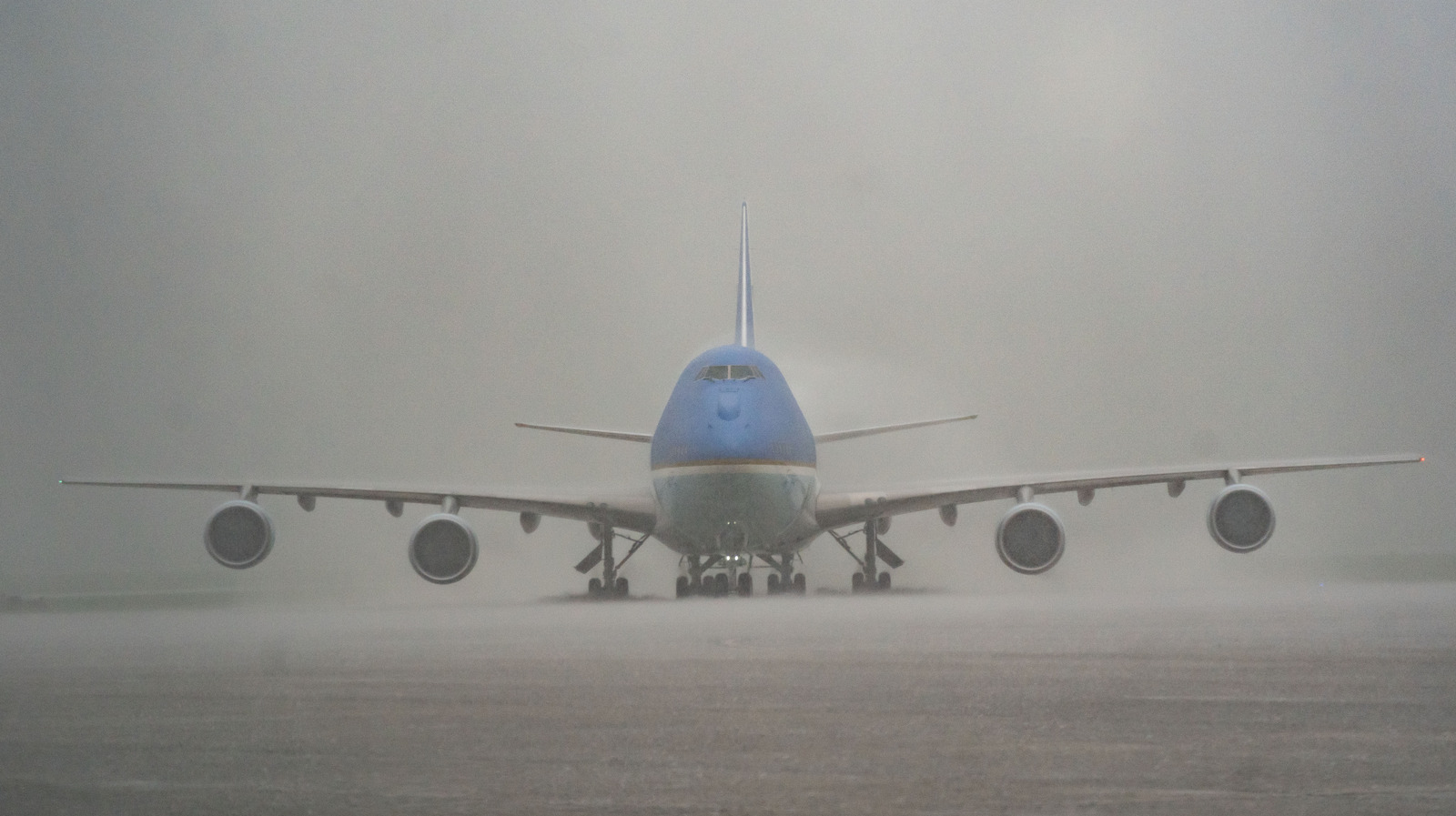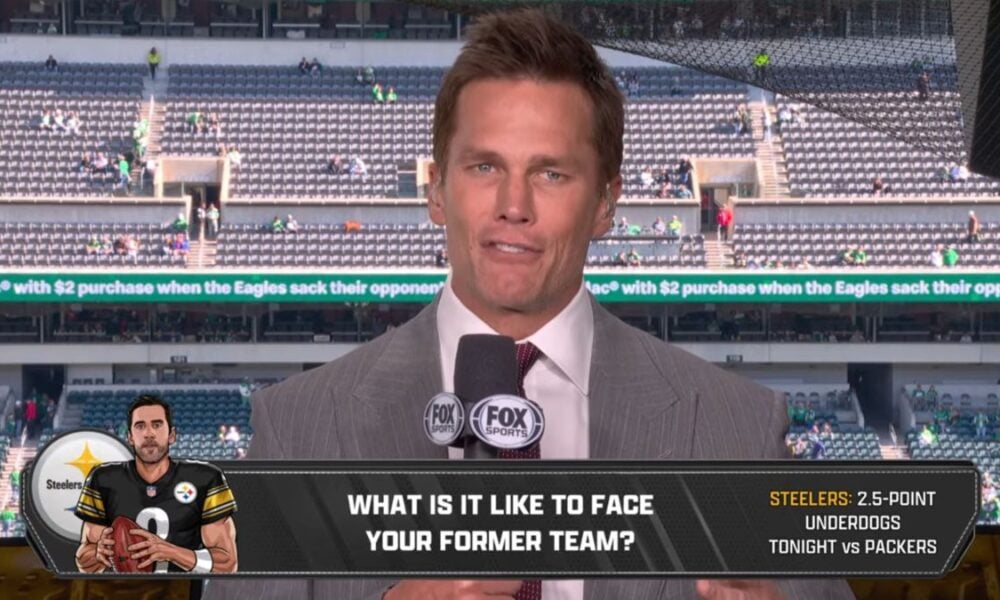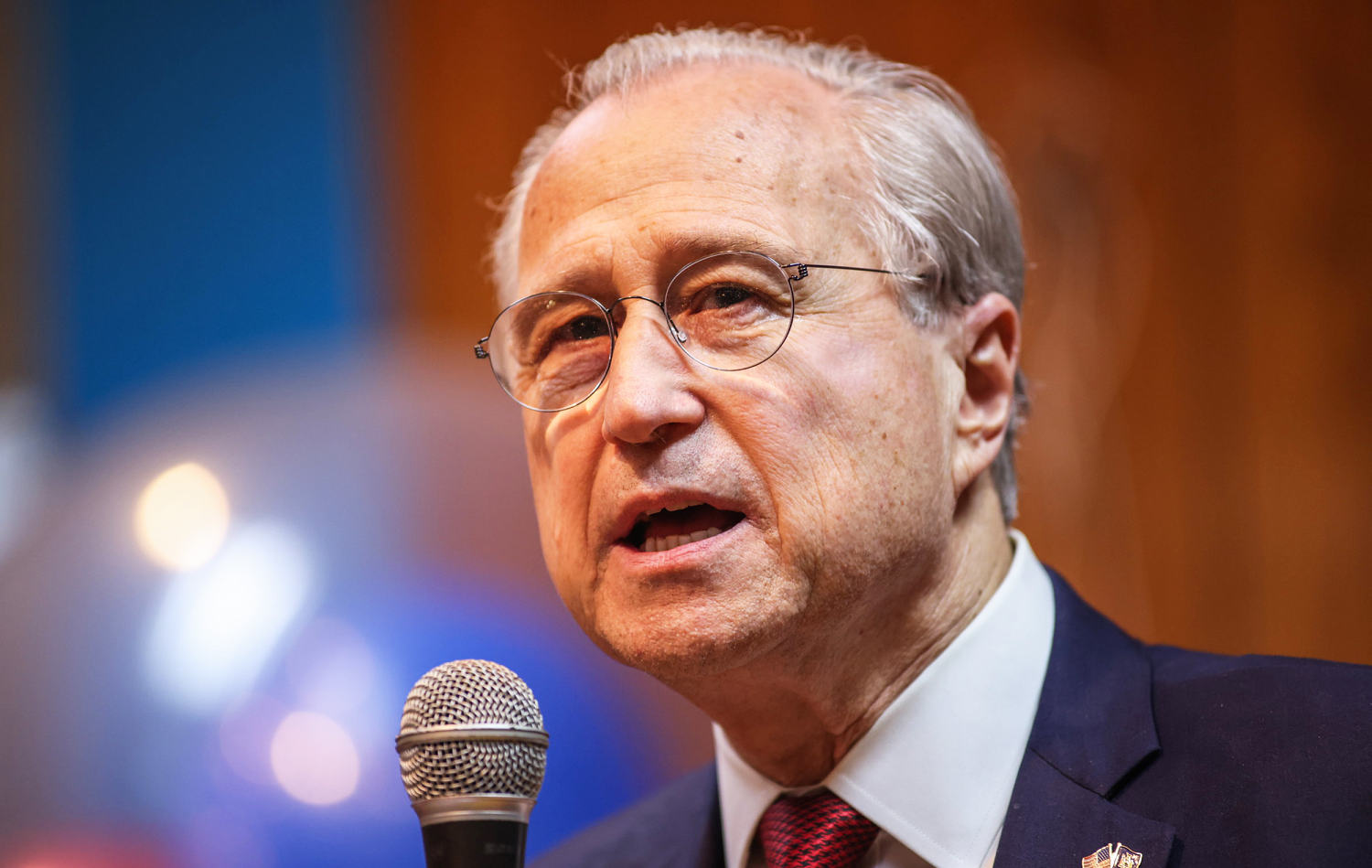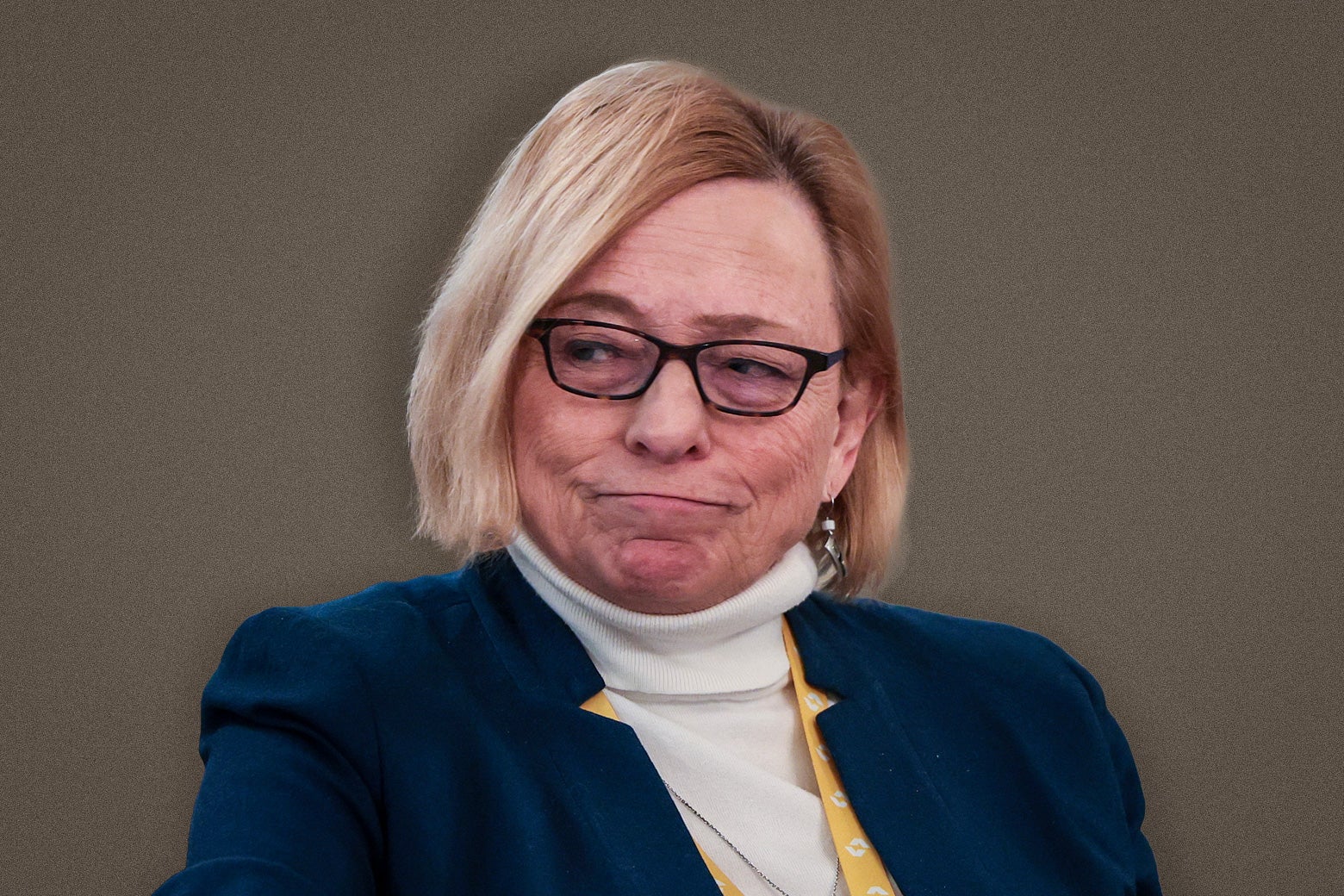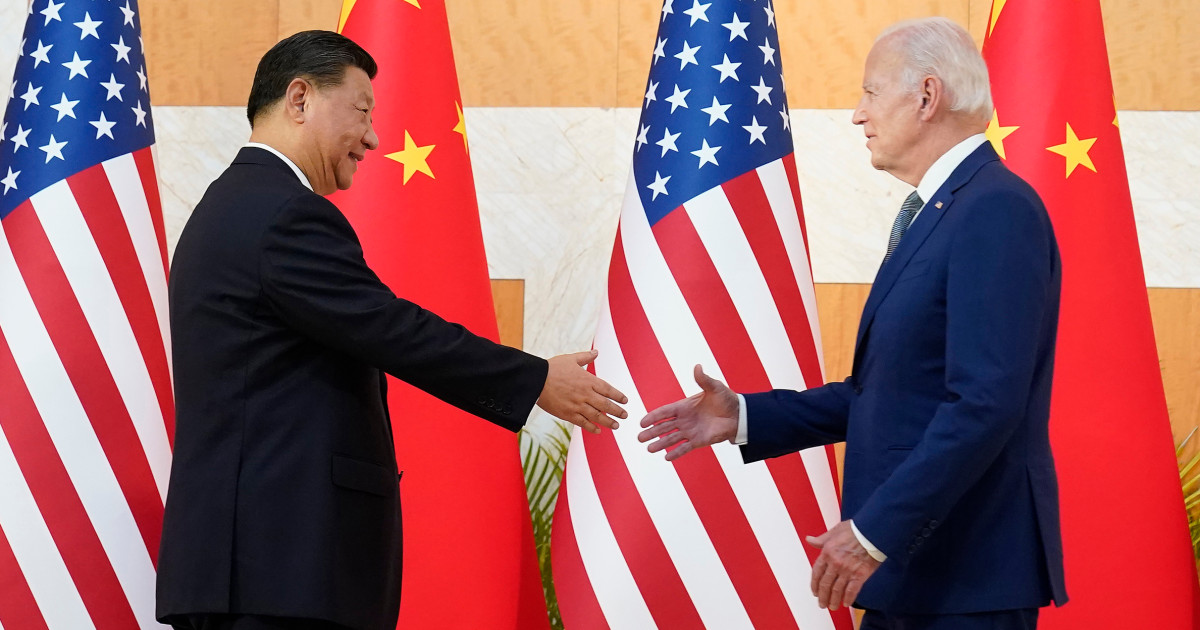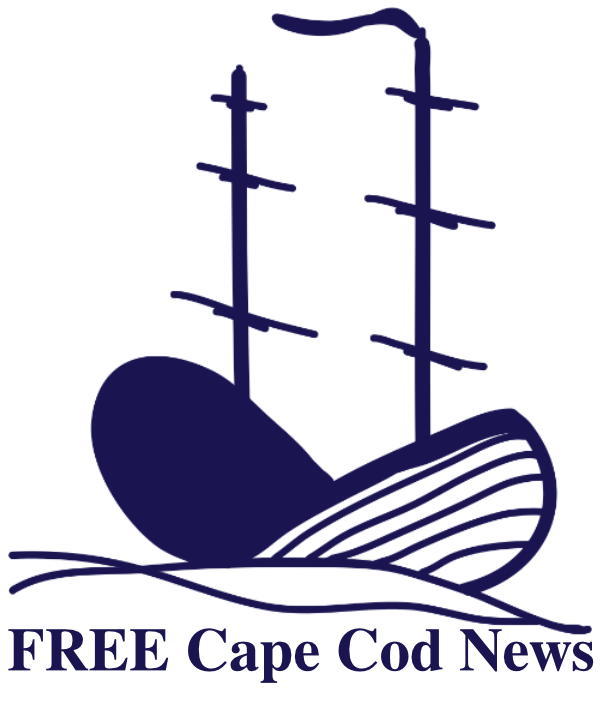For the vast majority of American history, the idea of a flying machine was nothing more than a fantasy, not even remotely possible. However, as time has gone by, the world of today has been molded and flying is now commonplace. Just as technology advances with the times, so has the technology driving the famous presidential aircraft. The story of Air Force One is a lengthy tale that spans nearly a century of American history, showcasing the evolution of presidential aviation from humble beginnings to the pinnacle of technological sophistication.
First president to fly
Just as the 20th century dawned, a new age of mankind was dawning. Near the end of 1903, Wilbur and Orville Wright accomplished a previously insurmountable task that would alter the course of humanity for the next century and beyond. On December 17, 1903, the Wright brothers took flight in their flying machine.
The dream to touch the sky was a dream no longer, and it was only a matter of time until the President of the United States grasped the import of the development. Nearly a decade after the Wright brothers took the first flight in human history, former President Theodore Roosevelt became the first President to ever fly.
At the time, Roosevelt had been out of office for over a year. At a county fair in St. Louis, Missouri in 1910, President Roosevelt was flown over the crowd. Although a rather inconspicuous occasion, this would be the historic first for presidential air travel. The brief trip was made in a Wright Flyer by Archibald Hoxsey, who himself worked for the Wright Brothers. The Wright Flyer is the comparatively primitive airplane the Wright Brothers designed to enable air travel. The first airplane was born of the Wright Brothers’ experimentation with gliders, which ultimately led them to attach a propulsion system.
After President Roosevelt’s flight, presidential aviation didn’t really pick up any momentum for over two decades. Although Theodore Roosevelt was the first president to ever take to the sky, it would be his distant cousin, Franklin Delano Roosevelt, who would be in office for the birth of presidential air travel as we know it today.
President Roosevelt and RD-2
Though Theodore Roosevelt was the first president to ever fly in a plane, FDR was the first to ever fly in a plane while in office. In 1910, aviation simply wasn’t safe enough to risk sticking the current president on an airplane. However, by the 1930s, the technology was ready. The first plane ever to be designated specifically for the travel of the president was an amphibious aircraft that was given the designation of “RD-2.” To make the craft ready for presidential travel, the cabin of the plane was fitted with a desk, and a two-way radio.
The craft itself was a Douglas Dolphin, one of only fifty-eight that were ever built. Up to the point in time that the RD-2 was designated for use by President Roosevelt, presidents had usually traveled via a yacht called “Mayflower.” In another interesting coincidence to do with both of the Roosevelts in this story, the Mayflower began its tenure as a presidential yacht during Theodore Roosevelt’s presidency. Though the Mayflower was replaced during President Roosevelt’s time in office, the yacht had actually been decommissioned years earlier by President Herbert Hoover. On decommissioning the Mayflower in 1929, President Hoover explained that the maintenance cost of the ship was $300,000 yearly. Adjusted for inflation, that’s well over $5 million that was being spent annually on the upkeep of the Mayflower.
With a new vehicle in place for presidential travel, the RD-2 served its purpose for President Roosevelt for the majority of his first two terms in office, with usage of the RD-2 officially ending in 1939. Near the end of his second term, President Roosevelt’s time in the air was about to drastically change as the world was set on the path to war.
World War II
On the first of September 1939, Germany under the rule of Adolf Hitler invaded Poland, which is widely considered to be the start of the Second World War. With war beginning, traveling to and within Europe quickly became a grave task. In particular, the threat of German submarines in the Atlantic made traveling to Europe by sea incredibly dangerous, nearly impossible. However, American diplomats needed to be able to get to and from Europe more than ever. Luckily, a solution was already on the way.
In the mid-1930s, Pan American World Airways called on engineers across the country to design a plane that could transport people and packages across the Atlantic. Eventually, the competition saw Boeing come out as the winner. From there, Boeing was contracted to build twelve planes in all. The plane made by Boeing was the 314 Clipper, a “flying boat.” At 106 feet long, with a 152-foot wingspan, the Boeing 314 weighed 40 tons. But the Clipper could do exactly what it was built to do: transport passengers across the Atlantic by air.
The Dixie Clipper was one of the twelve Boeing 314s constructed under this contract. The craft was used to transport diplomats and foreign dignitaries out of Europe and out of the path of the Nazis during the start of the war. The Dixie Clipper’s most significant trip came in transporting President Roosevelt to the Casablanca Conference in 1943, where he and British Prime Minister Winston Churchill discussed the Allies’ strategy for World War II. The trip required multiple stops and took more than two days to make, one way.
The Guess Where II and the Sacred Cow
During this time, the U.S. Military had some concerns about the president using commercial aircraft for transport. Subsequently, the order was put out that a military aircraft be converted to accommodate use by the president. The craft proposed for this use was a C-87A, which itself was something of an offshoot of the B-24. That fact, in and of itself, is one of the reasons that the modified C-87, designated as the Guess Where II, didn’t make the cut, as there were concerns that it could be mistaken for the B-24 and therefore be seen as a combatant craft. This wouldn’t be an issue with a plane that was designed strictly for transport.
The second craft to be considered was a Douglas C-54 Skymaster. A craft was selected and reconfigured for presidential use, including a sleeping area, a phone, and an elevator to lift President Roosevelt while in his wheelchair. The aircraft was dubbed the “Sacred Cow.” Unfortunately, President Roosevelt only ever took one flight in the Sacred Cow, in February 1945, just two months before his death.
After assuming office, President Harry S. Truman made extensive use of the Sacred Cow. In 1947, President Truman signed the National Security Act of 1947 into law while aboard the Sacred Cow. The signing of the act resulted in the creation of the Air Force, making the Sacred Cow the birthplace of the Air Force.
Truman and the Independence
Around the time the National Security Act of 1947 was signed into law, plans were already in place to replace the Sacred Cow. Ultimately, the Sacred Cow was replaced by a Douglas VC-118. The plane would be nicknamed the “Independence,” after President Truman’s hometown of Independence, Missouri. After its retirement as a presidential aircraft, the Sacred Cow remained in use by the A…..
